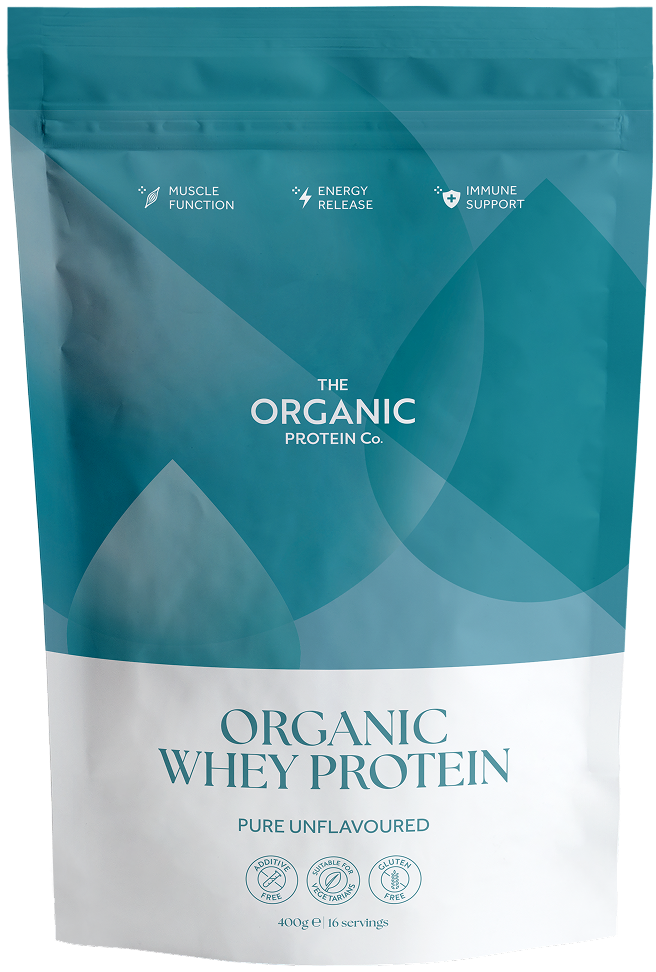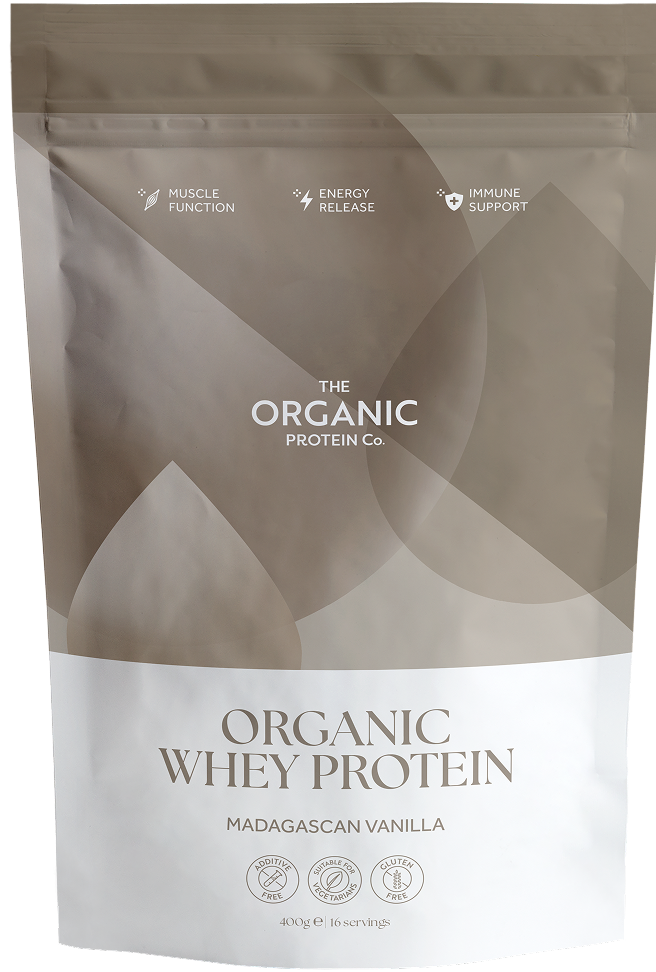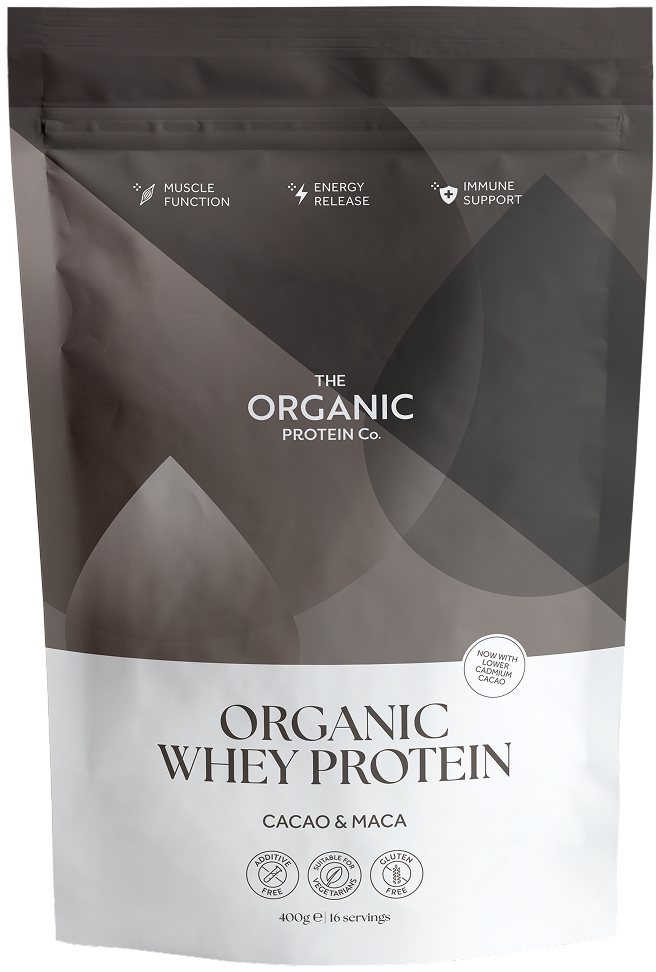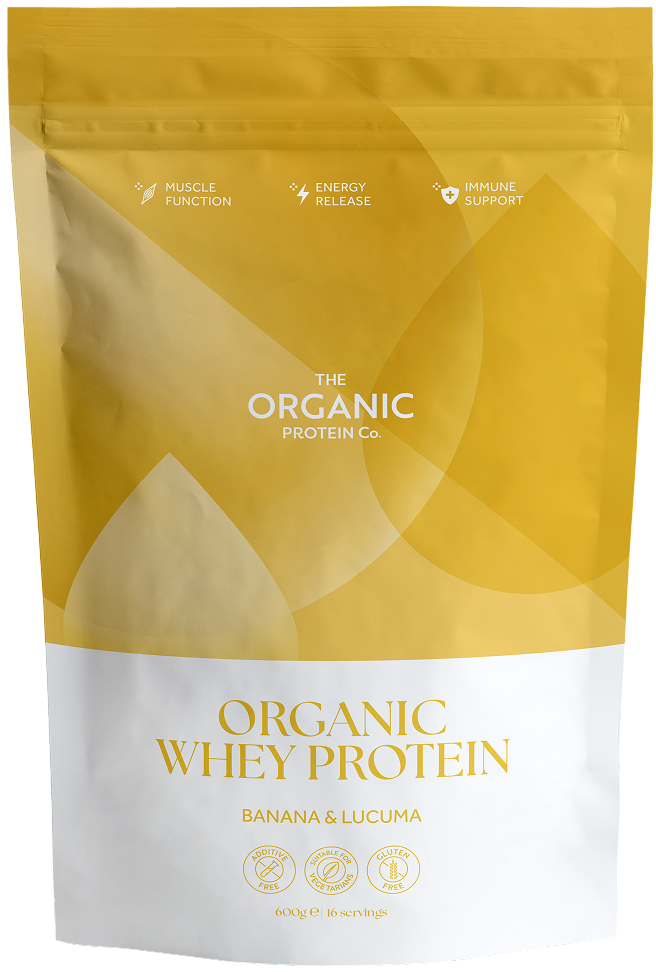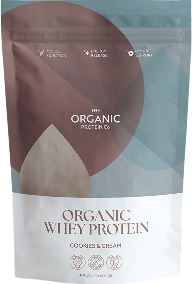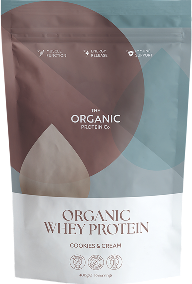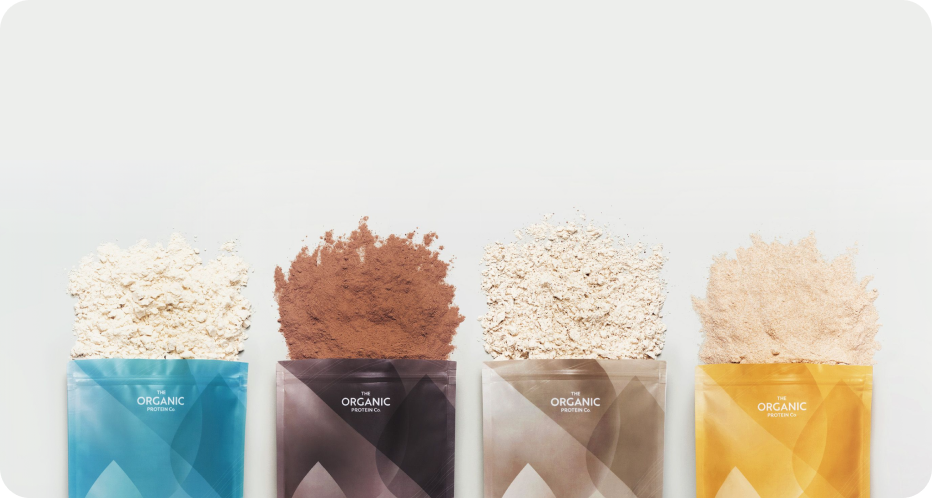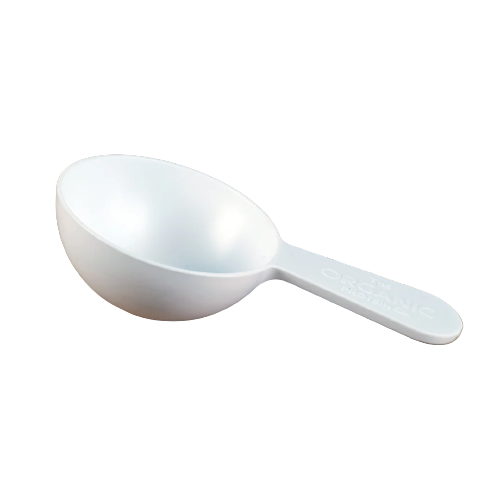If you love both a baked good and a healthy protein boost, the good news is that baking with protein powder is possible. It’s a popular way to sneak a little extra nutrition into treats and snacks.
But before you dive in, it’s important to know a few tips and tricks – baking with protein powder can alter the texture, bake time, and taste of your treats if not used in the right way. Read on for some tips on how to get delicious, high-protein results from your baked goods.
Why bake with protein powder?
Baking with protein powder is a way to increase your daily protein intake while enjoying your favourite snacks and treats – or even discovering some new ones. It’s a way to add this vital macronutrient into your diet to help support your muscle health and bodily functions.
Protein powder is pretty versatile. There are lots of different options so whether you’re plant-based or a fan of whey protein’s adaptability, you can find recipes to enjoy.
However, it’s not always a case of just popping a scoop of your favourite protein powder into any recipe. There are some things you should keep in mind to avoid the risk of soggy, undercooked, or simply inedible bakes. Nobody likes that – so read on for our top tips!

A note on denaturation
One thing to keep in mind when baking protein powders is that high temperatures can begin to, or can fully, denature the delicate protein structures. This is when the hydrogen bonds keeping the 3D structure of the protein intact begin to break down, leading them to ‘unfold’.
You’ll still get the same benefits from the essential amino acids in your protein powder, even if they have been denatured. Just think – no one is worrying about this when they cook a high-protein meal with chicken or beans. However, if you use a whey protein, you might lose some of its unique bioactivity and the benefits of this through cooking.
Which protein powder is best for your bakes?
Different types of protein powder can make a big difference in texture, taste, and overall success when baking. Here’s a breakdown of the main protein powders to consider:
Baking with whey protein powders
- Popular for baking thanks to its versatility and neutral flavour (if unflavored)
- Great for veggie bakes
- Great for lighter bakes such as pancakes, energy bars, and cookies
- Blends well with other ingredients
Baking with plant-based protein powders
- Pea, soy, or hemp protein powders are a good option for vegan bakes
- Tend to work best in denser baked goods like cakes, brownies, or breads
- Might give bakes an earthier flavour due to their plant origin
Unflavoured vs. flavoured protein powder
- Unflavoured protein powder gives you flexibility over the flavour profile of your baked goods
- Flavoured protein powders, such as vanilla or chocolate, can enhance the taste of your treats but might overpower lighter, more neutral bakes

Practical tips for baking with protein powder
Protein powder is quite a dry ingredient and baking is often an exact science. This means that it can have different results depending on factors like the type of protein powder used, what you’re baking, and how you go about adding your protein powder.
Unfortunately, we can’t predict every outcome so sometimes it takes a little trial and error to find exactly what works for you. But here are some things we’d recommend keeping in mind.
Replacing flour with protein powder
If you remember one thing, remember this: protein powder shouldn’t be considered a direct swap with flour. Their properties are different – flour provides gluten for structure, for example – and you might just upset the balance of your bake otherwise.
Depending on the bake, you should be able to replace up to 25% of the flour in most recipes with protein powder. Start by substituting a quarter of the flour in cakes, cookies, or pancakes, and gradually experiment with lower or higher ratios as you get more comfortable.
Keep in mind that protein powder is more absorbent than flour, so you'll need to tweak other ingredients, particularly wet ingredients.

Balancing wet and dry ingredients
Protein powder can dry out baked goods, which means you’ll need to adjust the moisture levels in your recipes. Consider adding extra liquids like milk, yoghurt, or even apple sauce to help keep your bakes from becoming too dry.
Ingredients like nut butters or mashed bananas can also help with moisture and binding.
Adjusting baking times
Since protein powder causes baked goods to firm up more quickly, reduce baking times or lower the temperature. Protein may bake faster than flour, so start by decreasing your bake time by 5–10 minutes or lowering the oven temperature by about 10–15°C to avoid overcooking or drying out your creations – and keep a close eye on them.
Quick tips to avoid common mistakes
- Avoid dense textures: Add a bit of baking powder to help lighten the texture when using protein powder.
- Mix gently: Overmixing can make protein powder clump, so be gentle when folding it into your batter.

What can you bake with protein powder?
One easy way to make sure you get your high-protein bakes just right is to use recipes which have been crafted with protein powder in mind. Our protein recipe blog is home to plenty of these, some our own and some from our favourite nutritionists and dietitians.
Here are some ideas to get you started:
Cakes and muffins
Cookies and biscuits
Breads

Ingredients that pair well with protein powder
Certain ingredients work particularly well with protein powder in baked goods, so have a little search for these in your cupboards:
- Peanut butter: A perfect pairing with protein powder in cookies, bars, and energy bites. It adds moisture, richness, and healthy fats.
- Oats: Oats provide texture and fibre when mixed with protein powder, especially in muffins, cookies, or protein bars.
- Coconut flour: High in fibre and absorbent, coconut flour works well when combined with protein powder in gluten-free or low-carb recipes. You’ll need to increase the liquid content when using it, as both coconut flour and protein powder can dry out the batter – so don’t use too much of either. Vanilla protein powder works especially nicely as a flavour combo.
You’re on your way to better bakes
Whether you’re making muffins, cookies, or bread, baking with protein powder can increase the protein of meals or snacks in between while still delivering delicious results.
Why not embrace experimentation with your favourite bakes and see what you can create? Or, try some of our recipe recommendations for bakes which come out delicious every time. When you’re ready to get started, our pure, additive-free protein powders are here to help you create healthier, tastier, and protein-filled baked goods.
Explore our full range and sign up to our email newsletters for more tasty recipes and tips!
